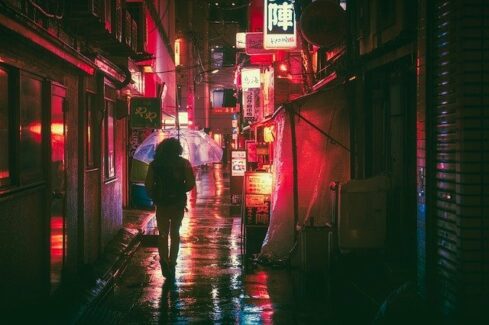The 23rd of this month is Japan’s Hardworking Thanksgiving Day (Labor Day) and is one of the statutory holidays. Japanese society ushered in the “three consecutive holidays” from the 21st. As the confirmed cases of Coronavirus hit new highs in consecutive days, the Japanese government urged the public to “endure three consecutive holidays”-avoid traveling during holidays. But the “suffocated” Japanese people can’t bear it, and traffic jams have appeared everywhere.
The Nihon Keizai Shimbun stated on the 22nd that the number of confirmed patients Coronavirus in Japan exceeded 2,000 for the fourth consecutive day.
The Japanese government stated that it is necessary to strengthen guards to prevent the spread of infection, request key areas to restrict acceptance of travel reservations, and call on the public to carry out “three trials of tolerance Rest” and avoid unnecessary outings. However, many Japanese people ignored the government’s call and continued to travel as planned.
According to data from the Japan Road Traffic Information Center, highways from Tokyo to other cities are congested 18 to 25 kilometers, and Meishin highways that run through Aichi, Gifu, Shiga and other places are congested 26 kilometers. Tokyo Haneda Airport and Shinkansen stations are also overcrowded.
“Nihon Keizai Shimbun” said on the 22nd that the Kansai region, dominated by Kyoto, is in the annual peak season for viewing autumn leaves, so the number of tourists received during the “three consecutive holidays” period continues to increase.
The passenger flow around Dotonbori in Osaka increased by 4.6% from last week, and dozens of people lined up at the entrance of the takoyaki shop. The passenger flow around Kyoto Shijo Kawaramachi also increased by 4.4%, mainly tourists and students on school trips. According to the owner of a specialty store, compared with October, the current passenger flow has almost doubled.
According to reports, the hotel industry, which has been cold due to the epidemic, has regained its former liveliness. The high-end hotels in Arashiyama, the famous place for viewing autumn leaves in Kyoto, are almost full during the “three consecutive holidays” period. Some hotels in Osaka have booked rates as high as 80%.
Ms. Yoneyama, a Tokyo citizen, used the “three consecutive holidays” to go to Hakone to soak in the hot springs. She told the Global Times reporter that from the outbreak to the present, the Japanese government has not been able to introduce effective epidemic prevention measures and has been calling on the people to “self-restrain.”
Seeing that they have been “holding” for almost a year, they are still calling for a “three consecutive breaks of patience”, which makes people “unbearable.” The Tamura family lives in Hokkaido, the hardest-hit area of the epidemic.
He told the Global Times reporter that considering the children’s resistance is weak, they dare not move long distances, and dare not go to confined places, so they chose to go hiking outdoors during the holiday, but he did not expect mountain climbers.
There are also many. “It seems everyone is suffocating,” he said. According to a report from Japan’s NHK television station on the 22nd, there were 2,165 new confirmed cases of Coronavirus in Japan that day, and the cumulative number of cases reached 133,826.



